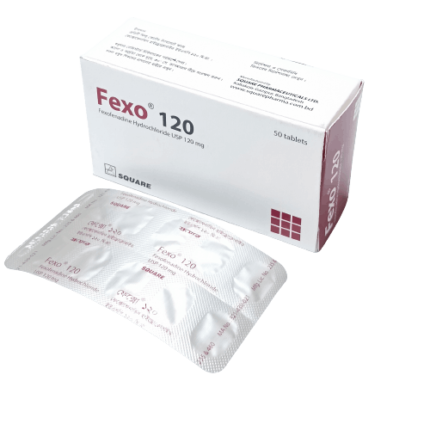Maxiflox
110.00৳ Bottle (5ml)
- Maxiflox ophthalmic solution is an effective treatment for bacterial conjunctivitis caused by susceptible microorganisms.
- It also prevents postoperative bacterial endophthalmitis when used intraocularly.
- The active ingredient, Moxifloxacin, inhibits key enzymes essential for bacterial DNA synthesis.
- Available as eye drops, ointment, and intraocular injection, with specific dosing for each form.
- Designed for safe and targeted use under a registered physician’s guidance.
 Brand
Brand
|
ACI Limited |
|---|---|
 Generics
Generics
|
Moxifloxacin Hydrochloride |
 Type
Type
|
Ophthalmic Solution |
Indications
Maxiflox ophthalmic solution is prescribed for managing bacterial conjunctivitis caused by the following susceptible microorganisms:
- Aerobic Gram-positive bacteria: Corynebacterium species, Micrococcus luteus, Staphylococcus aureus, Staphylococcus epidermidis, Staphylococcus haemolyticus, Staphylococcus hominis, Staphylococcus warneri, Streptococcus pneumoniae, Streptococcus viridans group.
- Aerobic Gram-negative bacteria: Acinetobacter lwoffii, Haemophilus influenzae, Haemophilus parainfluenzae.
- Other microorganisms: Chlamydia trachomatis.
For intraocular use, Maxiflox serves as a potent antibiotic to prevent postoperative bacterial endophthalmitis.
Take medication only as prescribed by a registered healthcare professional.
Pharmacology
Moxifloxacin’s antimicrobial activity stems from its ability to inhibit topoisomerase II (DNA gyrase) and topoisomerase IV, enzymes critical for bacterial DNA replication, transcription, repair, and cell division. This mechanism effectively disrupts bacterial DNA synthesis, leading to cell death.
Dosage & Administration
- Eye Drops: Instill one drop into the affected eye, three times daily for seven days.
- Eye Ointment: Apply a thin, even layer to the affected eye three times daily for the first two days, then reduce to twice daily for the remaining five days, or as advised by a physician.
- Intraocular Injection: Administer 0.2-0.4 ml intraocularly before ocular surgery. The exact dose should be determined by a doctor.
Follow the physician’s guidance strictly.
Interactions
There are no specific drug-drug interaction studies conducted for Maxiflox ophthalmic solution. However, in vitro studies suggest it does not inhibit cytochrome P450 enzymes (CYP3A4, CYP2D6, CYP2C9, CYP2C19, or CYP1A2), indicating minimal impact on the metabolism of other drugs processed by these pathways.
Contraindications
Maxiflox ophthalmic solution is contraindicated for individuals with known hypersensitivity to Moxifloxacin, quinolones, or any ingredients in this formulation.
Side Effects
The most commonly reported ocular side effects (1-6% of patients) include:
- Conjunctivitis
- Dry eyes
- Ocular discomfort, pain, and itching
- Decreased visual acuity
- Keratitis
- Ocular hyperemia
- Subconjunctival hemorrhage
- Tearing
Non-ocular side effects (1-4% of patients) may include:
- Fever
- Cough
- Infection
- Otitis media
- Pharyngitis
- Rash
- Rhinitis
Pregnancy & Lactation
Limited studies in pregnant women suggest that Maxiflox ophthalmic solution should only be used during pregnancy if the potential benefits outweigh the risks. Although Moxifloxacin has not been explicitly measured in breast milk, caution is advised when administering to nursing mothers.
Precautions & Warnings
- Prolonged use may lead to overgrowth of nonsusceptible organisms, including fungi. Discontinue use and initiate alternative therapy if superinfection occurs.
- Clinical examinations with tools such as slit lamp biomicroscopy and fluorescein staining may be necessary.
- Patients should avoid wearing contact lenses during bacterial conjunctivitis treatment.
Therapeutic Class
Ophthalmic Antibacterial Agents
Storage Conditions
- Store below 25°C in a cool, dry place, away from direct light.
- Do not freeze.
- Keep out of reach of children.
- Avoid touching the dropper tip to any surface to prevent contamination.
- Discard the solution one month after opening.













Reviews
There are no reviews yet.